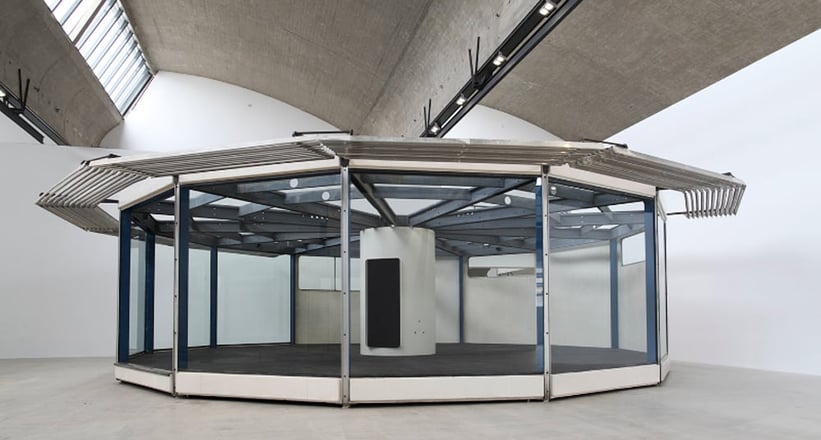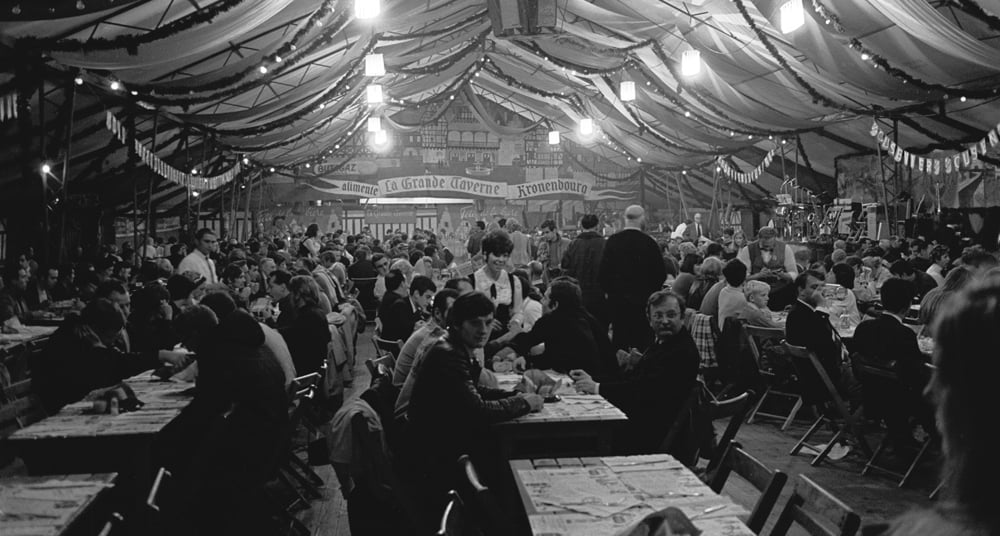Having spent my entire life exploring the backcountry of Colorado, I have endured a multitude of challenges, but this trip had levied some particularly unique hardships. As we crested our last mountain pass of the week, I realized the wine cabinet had gone empty, the steaks were no more, and I had eaten the last of the cherry turnovers in the refrigerator. Compounding the seriousness of the situation, the remote control batteries for the surround sound system had died, and I conceded a sock was missing, probably at the back of the cedar-lined closet. It was about as bleak as it gets when traveling in an EarthRoamer, but we pressed on undaunted. We’re just that type of people.
Kidding aside, my typical camping forays often have me wrapped in thin layers of nylon and plopped in the dirt, my only luxuries little more than an inflatable pillow and maybe a flask of whiskey to soften edges. That doesn’t imply I’m a troglodyte and bereft of an appreciation for the finer things in life. So, when the offer was extended to take out the EarthRoamer demo truck for a week, I had to pinch myself. Who could turn down such an opportunity?
It all started a few months ago when I was given a tour of the EarthRoamer facility in Dacono, Colorado by company founder, Bill Swails. Those few short hours impressed upon me the passion behind these trucks and the extensive process under which each vehicle is fabricated. I walked away from that day with an admiration for their efforts, but I still wasn’t entirely sure I understood what living and traveling in an EarthRoamer was all about. It seemed a bit…excessive. [To Build an EarthRoamer]
Now that I’ve spent a few days in an EarthRoamer I realize they truly are excessive––and I loved every minute of it.
An EarthRoamer is if anything, a superlative generator. Everything about it exudes the pursuit of refinement and capability. Expressly designed to provide the most comfortable accommodations perched atop a formidable off-road platform, it is a travel experience like none other.
Now, before I continue any further, and beating some of you to the comment box to interject, let me dispense with the obvious. These are not vehicles for everyone––no vehicle is. They are enormous, do not come cheaply, and you won’t be slipping through any tight off-road tracks or using one to take the kiddies to soccer practice. Everything in life demands compromise and this is true for an EarthRoamer. For what it is however, there isn’t likely an equal peer.
Standing in the shadow of one of these behemoths it is impossible to not be affected, maybe even intimidated by the sheer size of it. A Ford F-550 is not a small thing on its own, and the body does tower over it, but with proportions that fall well within the chassis constraints. Big as it is, it is the minute details that make an XV-LTs so exceptional.
Chassis
With its wide track and long wheelbase, the XV-LTs feels stable and planted, even when the terrain gets interesting. The center of gravity is curiously low, reducing body roll and reinforcing driver confidence. What is even more reassuring is how poised it feels when navigating twisty mountain roads at normal speeds. To accomplish this, EarthRoamer employs a very thoughtfully designed air suspension system paired to custom valved King shocks. Augmenting the positive ride attributes are the Continental tires with their stout sidewalls capable of shouldering such a heavy vehicle.
At either end of the chassis are the hulking black-bits, the bumpers. Made specifically to EarthRoamer’s detailed specifications, these are not just everyday bolt-ons. Both bumpers house Warn winches with the brawn commensurate with a vehicle of this magnitude. The sharp end also includes a full array of auxiliary lights for every scenario. Tucked into the front bumper is a powerful air horn, a feature I particularly liked while lording over the text-driving minions in my way. And with that I may have isolated a personal character flaw, but who cares. An otherwise reserved individual, I found the delivery of a bone shaking honk cathartic, and just good fun.
The details: All of the front auxiliary lights are wired to the high beam switch so they can be quickly dimmed if necessary. The two winches are spooled with synthetic line and capped with Factor 55 machined aluminum shackle mounts.
Fuel and water
As an avid bicycle and motorcycle traveler, I have always been fascinated by rigs with massive range. This is one area where the XV-LTs shines. Despite a seemingly restrictive fuel consumption of roughly 10 to 11 miles per gallon, it has a whopping tank volume providing a very feasible 800 to even 1,000 mile reach. With 90 gallons of water on board and our desert-dwelling appreciation for conservation, we didn’t use more than 25% of our water stores in a week’s time. With moderate daily mileage goals, it is not impossible to stay out for a couple of weeks at a time. That is an attractive bonus for those with a genuine desire to get away…far away.
To manage fresh water, grey water, and fuel levels, there are two dedicated instrument panels located on the driver’s console and on the main control panel in the living quarters. I found every readout to be accurate and easy to understand. After realizing I had added fuel to the 40 gallon auxiliary tank and not the 50 gallon main tank, the truck simply corrected my error and moved the fuel for me.
The details: The main control panel on the driver’s console contains a small rocker switch that activates the rear view camera. Not to be outdone, that camera also projects a rearward facing FLIR thermal image for nighttime use. It also activates a camera under the vehicle so the driver can assess terrain beneath the truck. A separate panel of switches control the suspension airbags to either elevate the truck or lower and level it for comfortable camping. For those with a penchant for comms, a HAM radio is positioned for easy access.
Storage
Th issue of storage is of critical importance for any overlander regardless of their mode of transportation. Whether slipping out for a weekend reprieve, or crossing multiple continents, keeping one’s supplies and personal inventory organized, secure, and at the ready is a top priority. With a predilection to carry only the minimum, my wife and I unloaded our gear into the many drawers and cabinets of the XV-LTs and barely consumed a fraction of the vehicle’s total capacity.
What I notice immediately was how accessible every storage compartment was, and how quickly and easily any single item could be located and removed. The massive storage boxes at the rear of the truck swing away with one hand and a simple tug on a large handle. The smaller left-hand box is an ideal locker for wood, tools, or other items needing a tough and accessible position on the truck. The right hand box contains something quite special, but I’ll save that for later. At the rear of the truck are two full-sized cabinets, one horizontal, one vertical. Both are cavernous and swallow tools, recovery gear, and cleaning and maintenance supplies.























